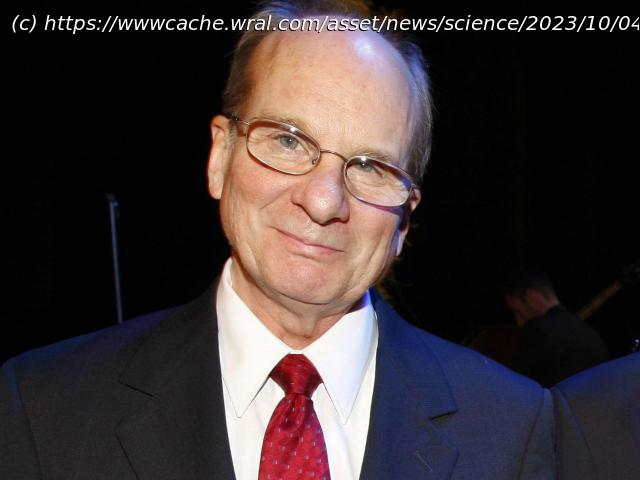STOCKHOLM (AP) — Three scientists won the Nobel Prize in chemistry Wednesday for their work on quantum dots — tiny particles just a few nanometers in diameter that can release very bright colored light and whose applications in everyday life include electronics and medical imaging.
Three scientists won the Nobel Prize in chemistry Wednesday for their work on quantum dots — tiny particles just a few nanometers in diameter that can release very bright colored light and whose applications in everyday life include electronics and medical imaging.
Moungi Bawendi of MIT, Louis Brus of Columbia University, and Alexei Ekimov of Nanocrystals Technology Inc., were honored for their work with the tiny particles that “have unique properties and now spread their light from television screens and LED lamps,” according to the Royal Swedish Academy of Sciences, which announced the award in Stockholm.
The suspense surrounding the academy’s decision took an unusual turn when Swedish media reported the winners several hours before the prize was announced. The advance notice apparently came from a news release sent out early by mistake.
Quantum dots are tiny inorganic particles that glow a range of colors from red to blue when exposed to light. The color they emit depends upon the size of the particle.
Scientists can engineer the dots from materials that include gold to graphene to cadmium, and create their color by controlling their size. The tiniest particles, in which electrons are most tightly confined, emit blue light. Slightly larger particles, in which electrons bounce around a longer wavelength, emit red light.
Chemists sometimes compare the size of the particle itself to a confining box.
The underlying “particle in a box” theory of quantum mechanics was first described nearly a century ago. But it wasn’t until several decades later that scientists could manufacture quantum dots in a lab.
In the 1980s, Ekimov, 78, and Brus, 80, honed the theory and developed early laboratory techniques for creating particles that emit varying colors by adjusting sizes. In 1993, Bawendi, 62, developed new chemical methods for producing the particles quickly and uniformly — which soon enabled a variety of scalable commercial applications, including in electronics displays.
Judy Giordan, president of the American Chemical Society, said she was thrilled at this year’s winners.
Home
United States
USA — Science Trio wins Nobel Prize in chemistry for work on quantum dots, used...






